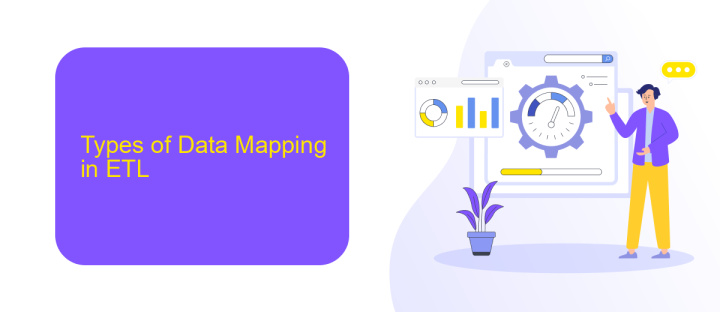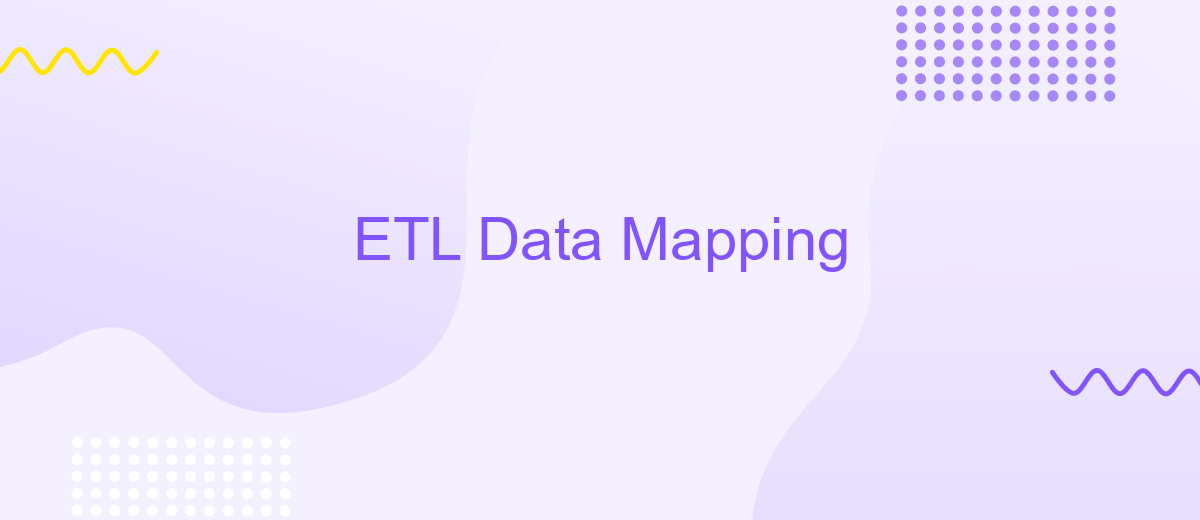ETL Data Mapping
ETL (Extract, Transform, Load) data mapping is a crucial process in data integration and management, ensuring accurate and efficient data transfer between systems. It involves defining how data fields from a source system correspond to fields in a target system. Proper ETL data mapping is essential for maintaining data integrity, improving data quality, and facilitating seamless data migration and analytics.
Introduction to ETL Data Mapping
ETL (Extract, Transform, Load) Data Mapping is a critical process in data integration that ensures data consistency and accuracy across various systems. This process involves extracting data from different sources, transforming it into a suitable format, and loading it into a target database or data warehouse. Effective ETL data mapping is essential for businesses to make informed decisions based on reliable data.
- Extract: Collect data from multiple sources such as databases, APIs, and flat files.
- Transform: Convert the data into a standardized format, including cleaning, filtering, and aggregating.
- Load: Insert the transformed data into the target system for analysis and reporting.
Modern ETL tools and services, like ApiX-Drive, simplify the ETL data mapping process by offering automated workflows and seamless integration capabilities. ApiX-Drive allows users to connect various data sources, transform data in real-time, and load it into their desired systems without the need for extensive coding. This ensures that businesses can maintain data integrity and streamline their data management processes efficiently.
Types of Data Mapping in ETL

Data mapping in ETL (Extract, Transform, Load) processes involves translating data from source formats to target formats. There are several types of data mapping techniques used in ETL to ensure data integrity and usability. One common type is schema mapping, where the structure of the source data is aligned with the structure of the target data. Another type is attribute mapping, which focuses on mapping individual data attributes or fields between the source and target systems. Additionally, transformation mapping involves applying specific rules or functions to convert data from the source format to the target format.
Automated data mapping tools and services, such as ApiX-Drive, can significantly streamline the ETL process. ApiX-Drive provides a user-friendly interface for setting up integrations and automating data flows between various applications and databases. This ensures that data is accurately mapped and transferred without manual intervention, reducing the risk of errors and saving time. Whether dealing with complex data transformations or simple attribute mappings, tools like ApiX-Drive can enhance the efficiency and reliability of ETL processes.
Techniques for ETL Data Mapping

ETL data mapping is a crucial step in the data integration process, ensuring that data from various sources is accurately transformed and loaded into the target system. Effective data mapping techniques can significantly enhance data quality and streamline the ETL process.
- Schema Mapping: Aligns the structure of the source data with the target schema, ensuring compatibility and consistency.
- Field Mapping: Matches individual fields from the source to the target, often involving transformations such as concatenation, splitting, or data type conversion.
- Lookup Mapping: Uses reference tables to enrich the data or resolve discrepancies between source and target values.
- Conditional Mapping: Applies specific rules or conditions to map data based on certain criteria, enhancing customization and flexibility.
- Automated Mapping Tools: Utilizes platforms like ApiX-Drive to automate and simplify the data mapping process, reducing manual effort and minimizing errors.
By leveraging these techniques, organizations can ensure accurate and efficient data integration, ultimately leading to better decision-making and operational efficiency. Automated tools like ApiX-Drive can further streamline the process, offering robust solutions for complex data mapping challenges.
Challenges in ETL Data Mapping

ETL (Extract, Transform, Load) data mapping is a crucial process in data integration, but it comes with its own set of challenges. One of the primary issues is handling the complexity of data sources and formats. Different systems often store data in various formats, making it difficult to standardize and integrate.
Another challenge is ensuring data quality and consistency. During the transformation phase, data may be altered or lost, leading to inconsistencies. This can have significant repercussions on the accuracy of the final data set.
- Data format inconsistencies
- Data quality and integrity issues
- Scalability concerns
- Real-time data processing
Additionally, managing real-time data processing is a significant hurdle. Traditional ETL processes often work in batch mode, which is not suitable for real-time data needs. Tools like ApiX-Drive can help mitigate some of these challenges by offering automated integrations and real-time data syncing, ensuring that data is both current and accurate.
- Automate the work of an online store or landing
- Empower through integration
- Don't spend money on programmers and integrators
- Save time by automating routine tasks
Best Practices for ETL Data Mapping
Effective ETL data mapping requires a comprehensive understanding of both the source and target data structures. Start by thoroughly documenting the schema, data types, and constraints of your source and target systems. This ensures that all data transformations are accurately defined and implemented. Additionally, involve key stakeholders early in the process to gather requirements and validate the mapping logic. Regularly review and update your data mapping documentation to reflect any changes in the data structures or business requirements.
Leverage automated tools and services to streamline the ETL data mapping process. For instance, ApiX-Drive can help automate data integration between various platforms, reducing manual effort and minimizing errors. Ensure that your ETL process includes robust error handling and logging mechanisms to quickly identify and resolve issues. Finally, conduct thorough testing, including unit tests, integration tests, and user acceptance tests, to ensure data accuracy and integrity. By following these best practices, you can achieve a reliable and efficient ETL data mapping process.
FAQ
What is ETL Data Mapping?
Why is ETL Data Mapping important?
How do you automate ETL Data Mapping?
What challenges can arise during ETL Data Mapping?
Can ETL Data Mapping be done without coding?
Time is the most valuable resource in today's business realities. By eliminating the routine from work processes, you will get more opportunities to implement the most daring plans and ideas. Choose – you can continue to waste time, money and nerves on inefficient solutions, or you can use ApiX-Drive, automating work processes and achieving results with minimal investment of money, effort and human resources.


